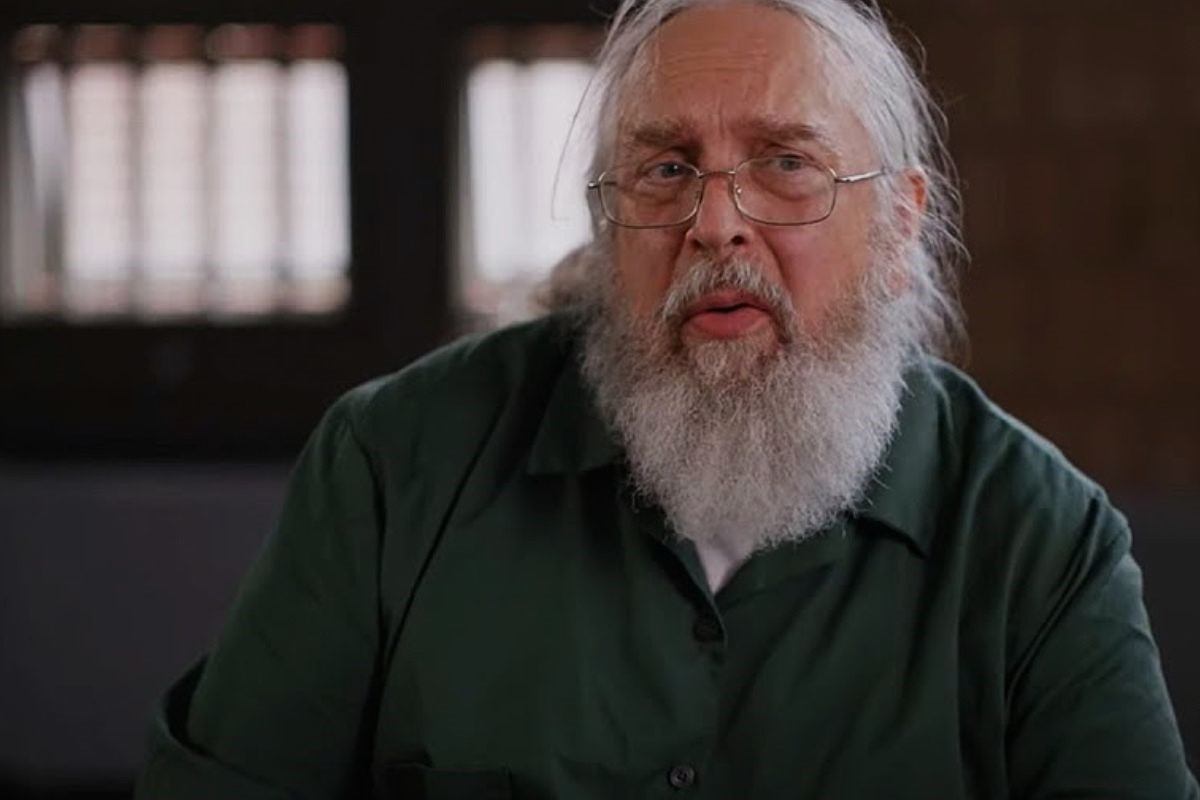
Who is Joel Rifkin? Joel Rifkin, an infamous name in American criminal history, is a convicted serial killer responsible for the deaths of 17 women between 1989 and 1993. His gruesome acts have left a chilling mark on society, making him one of the most notorious figures of the late 20th century. Rifkin's life, from his troubled childhood to his eventual capture, offers a disturbing glimpse into the mind of a serial killer. This blog post delves into 35 facts about Joel Rifkin, shedding light on his crimes, his psyche, and the impact he had on his victims' families and the broader community. Buckle up for a deep dive into the dark world of Joel Rifkin.
Key Takeaways:
- Joel Rifkin's troubled upbringing and psychological issues shed light on the factors that may have driven him to commit heinous crimes, emphasizing the importance of mental health support and early intervention.
- Rifkin's actions sparked changes in law enforcement practices and increased awareness of the dangers faced by vulnerable populations, highlighting the need for better protection and support for those at risk.
Early Life and Background
Joel Rifkin's early life and background provide insight into the factors that may have influenced his later actions. Understanding his upbringing helps paint a clearer picture of his motivations.
- Born on January 20, 1959, in New York City, Joel Rifkin was adopted by Bernard and Jeanne Rifkin when he was three weeks old.
- Rifkin struggled academically throughout his school years, often being bullied by classmates for his poor performance and awkward demeanor.
- He developed an interest in horticulture during high school, which led him to attend the State University of New York at Brockport, though he eventually dropped out.
- Rifkin's adoptive father committed suicide in 1987, which deeply affected him and may have contributed to his psychological decline.
Criminal Activities
Joel Rifkin's criminal activities spanned several years and involved numerous victims. His actions shocked the nation and led to significant media coverage.
- Rifkin is believed to have murdered 17 women between 1989 and 1993, though he was only convicted of nine murders.
- His first known victim was Susie Felton, whom he killed in 1989. He dismembered her body and disposed of it in various locations around New York.
- Rifkin often targeted sex workers, whom he picked up in Manhattan and brought back to his home in East Meadow, Long Island.
- He used various methods to kill his victims, including strangulation and bludgeoning, often dismembering their bodies afterward.
- Rifkin kept personal items from his victims as trophies, which he stored in his home and car.
Capture and Trial
The capture and trial of Joel Rifkin were pivotal moments in his criminal career. These events brought his reign of terror to an end and provided closure for the families of his victims.
- Rifkin was arrested on June 28, 1993, after a high-speed chase with police that ended when he crashed his car.
- Police discovered the body of his final victim, Tiffany Bresciani, in the trunk of his car, leading to his immediate arrest.
- During his trial, Rifkin showed little remorse for his actions, often appearing detached and unemotional.
- He was convicted of nine murders and sentenced to 203 years to life in prison, ensuring he would never be released.
- Rifkin's trial was highly publicized, drawing significant media attention and public interest.
Psychological Profile
Understanding Joel Rifkin's psychological profile helps explain his motivations and the factors that drove him to commit such heinous crimes.
- Rifkin was diagnosed with antisocial personality disorder, which is characterized by a lack of empathy and disregard for the rights of others.
- He exhibited signs of obsessive-compulsive disorder, particularly in his meticulous planning and execution of his crimes.
- Rifkin had a history of depression, which may have contributed to his violent tendencies and inability to form healthy relationships.
- He claimed to have been inspired by other serial killers, such as Ted Bundy and Gary Ridgway, whom he studied extensively.
Impact on Society
Joel Rifkin's actions had a profound impact on society, leading to changes in law enforcement practices and increased awareness of the dangers faced by sex workers.
- Rifkin's case led to increased scrutiny of missing persons reports, particularly those involving sex workers, who were often overlooked by law enforcement.
- His crimes highlighted the need for better mental health services, particularly for individuals with a history of trauma and psychological disorders.
- Rifkin's arrest and trial brought attention to the issue of violence against women, sparking discussions about how to better protect vulnerable populations.
- The media coverage of his case raised awareness about the dangers of hitchhiking and accepting rides from strangers.
Life in Prison
Joel Rifkin's life in prison has been marked by various incidents and interactions with other inmates. His time behind bars provides insight into his behavior and mindset.
- Rifkin is currently incarcerated at Clinton Correctional Facility in Dannemora, New York, where he is serving his 203-year sentence.
- He has been involved in several altercations with other inmates, often due to his notoriety and the nature of his crimes.
- Rifkin has expressed regret for his actions in interviews, though many believe his remorse is insincere.
- He has participated in various prison programs, including educational courses and therapy sessions, though his progress has been limited.
- Rifkin has been the subject of numerous documentaries and books, which have explored his life and crimes in detail.
Legacy and Cultural Impact
Joel Rifkin's legacy and cultural impact extend beyond his crimes, influencing various aspects of popular culture and criminal justice.
- Rifkin's case has been referenced in numerous TV shows and movies, often as a cautionary tale about the dangers of trusting strangers.
- His crimes have inspired several true crime books, which delve into the details of his actions and the investigation that led to his capture.
- Rifkin's story has been used in criminal psychology courses, providing a case study for students learning about the minds of serial killers.
- The media coverage of his case has been criticized for sensationalizing his crimes and potentially inspiring copycat killers.
- Rifkin's actions have led to changes in how law enforcement handles cases involving sex workers, with increased efforts to protect and support these individuals.
Miscellaneous Facts
A collection of additional facts about Joel Rifkin that provide further insight into his life and crimes.
- Rifkin's mother has publicly expressed her sorrow for the victims and their families, though she continues to support her son.
- He has been denied parole multiple times, with the parole board citing the heinous nature of his crimes as the reason for their decision.
- Rifkin's case remains one of the most infamous in New York history, serving as a grim reminder of the potential for evil in seemingly ordinary individuals.
Final Thoughts on Joel Rifkin
Joel Rifkin's story is a chilling reminder of the darkness that can lurk behind seemingly ordinary lives. His crimes shocked the nation, leaving a trail of devastation and unanswered questions. Rifkin's ability to evade capture for years highlights flaws in the system and the importance of vigilance. Understanding his background and the factors that may have contributed to his actions can provide insights into preventing future tragedies. While his name will forever be associated with horror, it's crucial to remember the victims and the impact on their families. Their stories deserve to be told and remembered. By studying cases like Rifkin's, society can strive to create a safer environment and support those at risk. Knowledge and awareness are powerful tools in the fight against such heinous acts.
Frequently Asked Questions
Was this page helpful?
Our commitment to delivering trustworthy and engaging content is at the heart of what we do. Each fact on our site is contributed by real users like you, bringing a wealth of diverse insights and information. To ensure the highest standards of accuracy and reliability, our dedicated editors meticulously review each submission. This process guarantees that the facts we share are not only fascinating but also credible. Trust in our commitment to quality and authenticity as you explore and learn with us.


